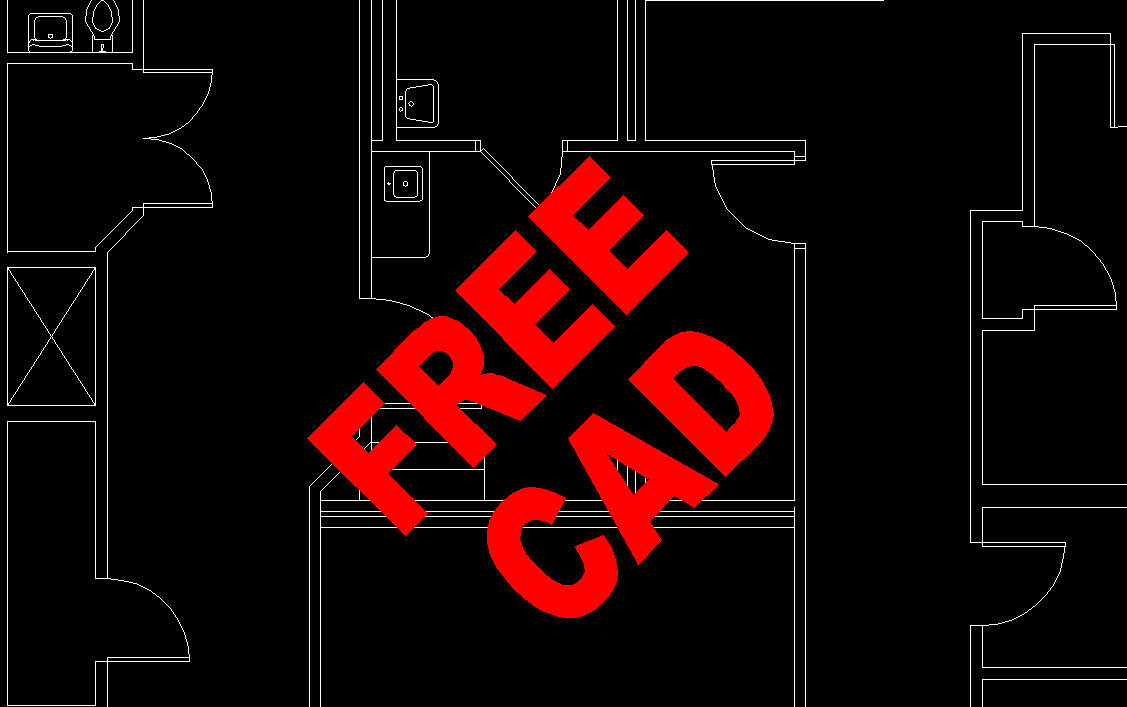


The path can be anything with linearity, and if it's not straight, the widths of the S-curves are adjusted to meet without overlaps or gaps such as you get with AutoCAD's Batting linetype. You can either put it along a "path" object already drawn, or establish the path from inside the command, and you can either retain or delete the path. InsulBattPoly.lsp with its IB command draws S-curve-squiggle batt insulation as a Polyline. You don't need to know whether the one in question is #1 or #2, as you would to make the same change in the Properties later, perhaps.īisector.lsp with its BI command draws an Xline between virtually any two straight things you select, bisecting either the angle between them if they're not parallel, or the spacing between them if they are parallel.įilletZero.lsp with its FZ command goes into Filleting at zero radius and in multiple mode, for "cleaning up corners," and afterwards restores whatever the current Fillet radius was when you started. You can pick on the extension line itself if it's on, or on the dimension line or arrowhead nearer that end, or even on the text part. ReportSlope.lsp with its RS command tells you the absolute slope relative to horizontal of virtually any straight thing you pick on, regardless of its drawn direction, reporting in multiple formats, so you can find out, for example: is this slope in a site section shallow enough to be "sidewalk"-type, or is it steep enough that is has to be considered a "ramp" with handrails? what's the pitch of the roof in this wall section or building elevation? is this truly orthogonal or is it off a little? etc.ĭimExtLineToggle.lsp with its DET command toggles the on/off state of the extension line of a Dimension that's closer to where you pick on the Dimension.
#FREE AUTOCAD LISP ROUTINES FREE#
and I can attach only 3 - more later, later, perhaps.ĬonstLines.lsp with its RX command puts you in a non-plotting layout Layer, and within one running of it, you can switch back and forth between Rays and Xlines, and among various typical pre-set directions and free direction, and place as many such things as you want, and when you're done it returns you to the Layer you were in before. They have options for User selection of objects or Line markers, and/or to put whatever it is at both ends of the path object in DIV+ or at the start in MEA+, various options about spacing, more choices about rotation, a Maximum-spacing option in DIV+, etc. PolylineContinue.lsp with its PLC command lets you carry on from the nearer end of any Polyline/Line/Arc that you select, as though you were at that point in the middle of a PLINE command, and if what you picked was a Line or Arc, it converts it to a Polyline joined to the continuation that you draw, and if you go into arc mode, it knows the tangent-continuation direction off the end of what you selected, and if you Close, it closes back to the other end of what you selected, not to the point where you picked up.ĭivideMeasurePlus.lsp with its DIV+ amd MEA+ commands has "super-charged" versions enhancing what ordinary DIVIDE and MEASURE can do. And if any of the properties of what you pick are overrides, not ByLayer or other defaults, it makes those properties current but warns you to reset them, and has a MMR command to reset them for you. But in case someone might find something they can use in this thread, here are some of mine that I personally use most often. And they're more likely to find what they need by Searching for terms related to the need, rather than in some kind of generic collection such as here. I agree with what will be most useful to anyone will be dependent on their circumstances.


 0 kommentar(er)
0 kommentar(er)
